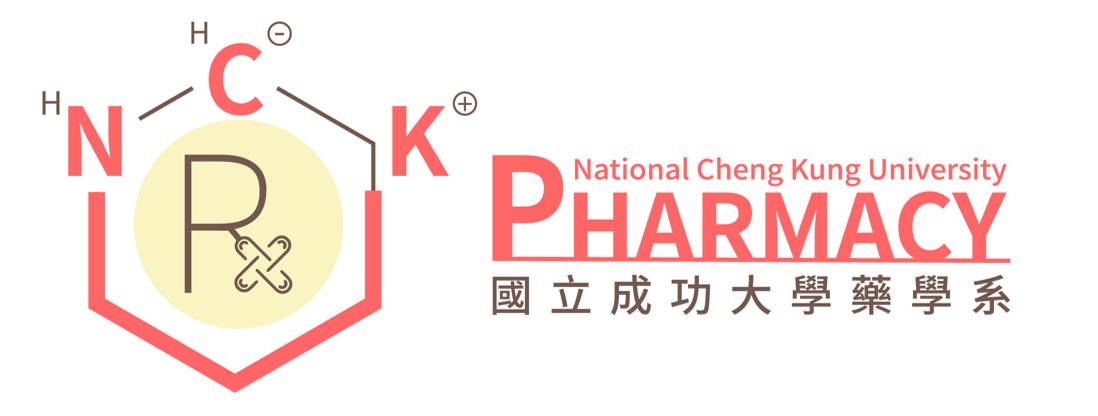Search
Comparison of Six-Year and Four-Year Pharmacy Education
Comparison of Six-Year and Four-Year Pharmacy Education
Graduates from pharmacy departments currently have diverse career paths, including new drug research and development, the pharmaceutical industry, and clinical pharmaceutical services in hospitals or communities. The traditional four-year curriculum mainly focuses on basic pharmaceutical sciences, often lacking courses and training in the pharmaceutical industry and clinical pharmacy. Furthermore, the curriculum design of the four-year program provides insufficient opportunities for practical operations and is less effective in cultivating skills such as independent thinking and problem-solving. This makes it difficult for students to form concrete ideas or plans for their future careers, resulting in a significant gap between their skills and the professional competencies required for employment.
The six-year pharmacy education incorporates a comprehensive curriculum in clinical pharmacy and pharmacotherapy. It emphasizes practical training and exercises, such as increasing courses in evidence-based medicine and internships in hospitals and community pharmacies. This allows students to gain a thorough understanding of diverse future professional environments and, through "seeing more, doing more, and learning more," helps them consider suitable career directions. Consequently, they are equipped with the professional pharmacist competencies needed for modern demands and are better adapted to future practice environments. On the other hand, the six-year program also includes courses related to the pharmaceutical industry and regulations, which enhances students' competitiveness in fields like pharmaceutical manufacturing or regulatory management. It is believed that pharmacy students graduating from the six-year program will have a clearer blueprint for their future career planning and enjoy broader and better employment opportunities.

